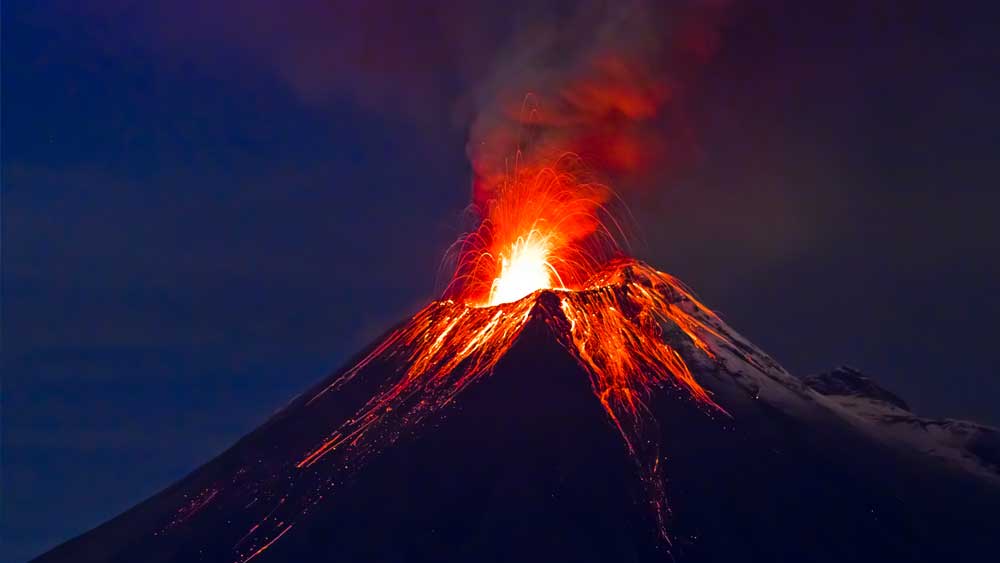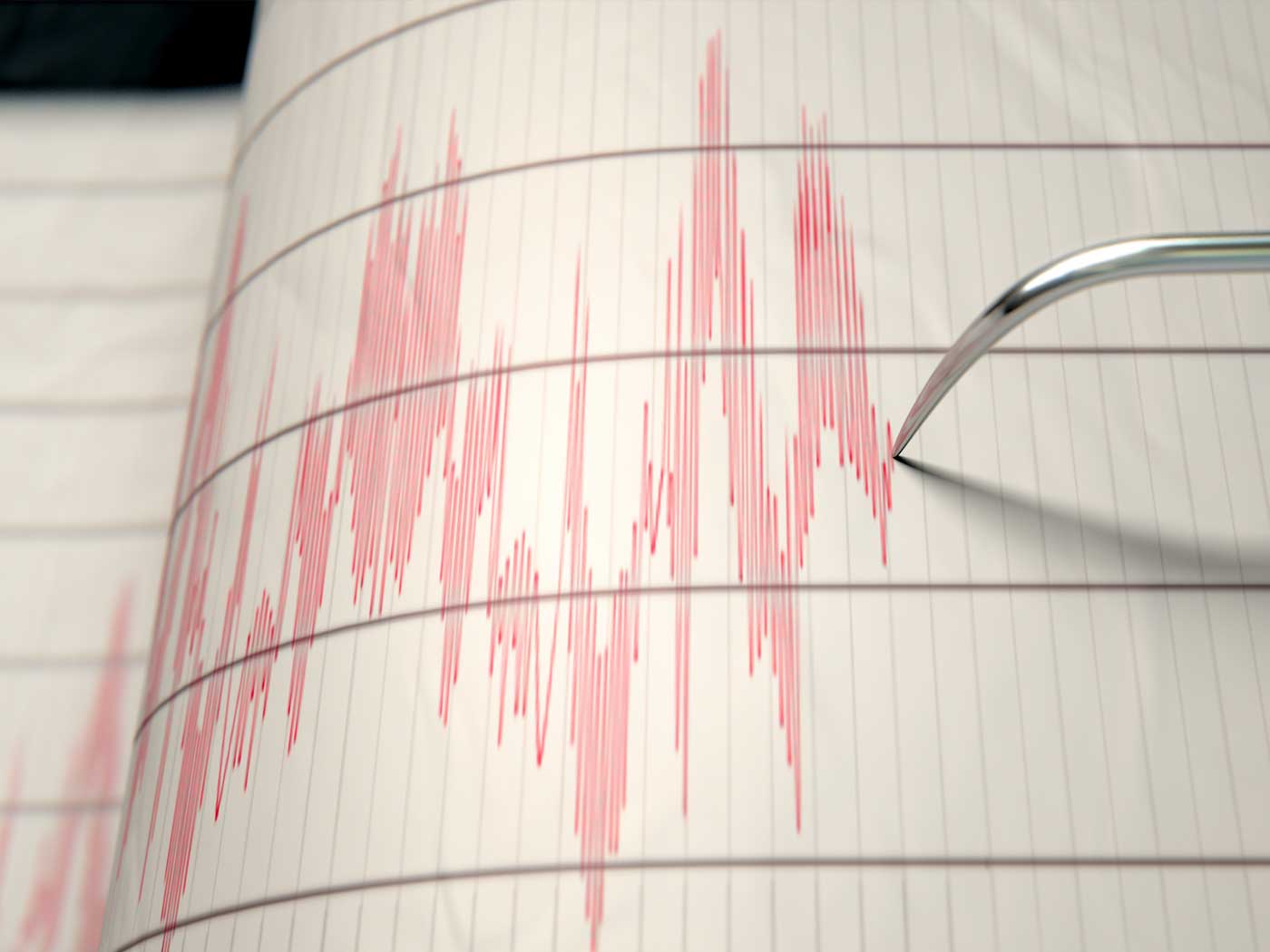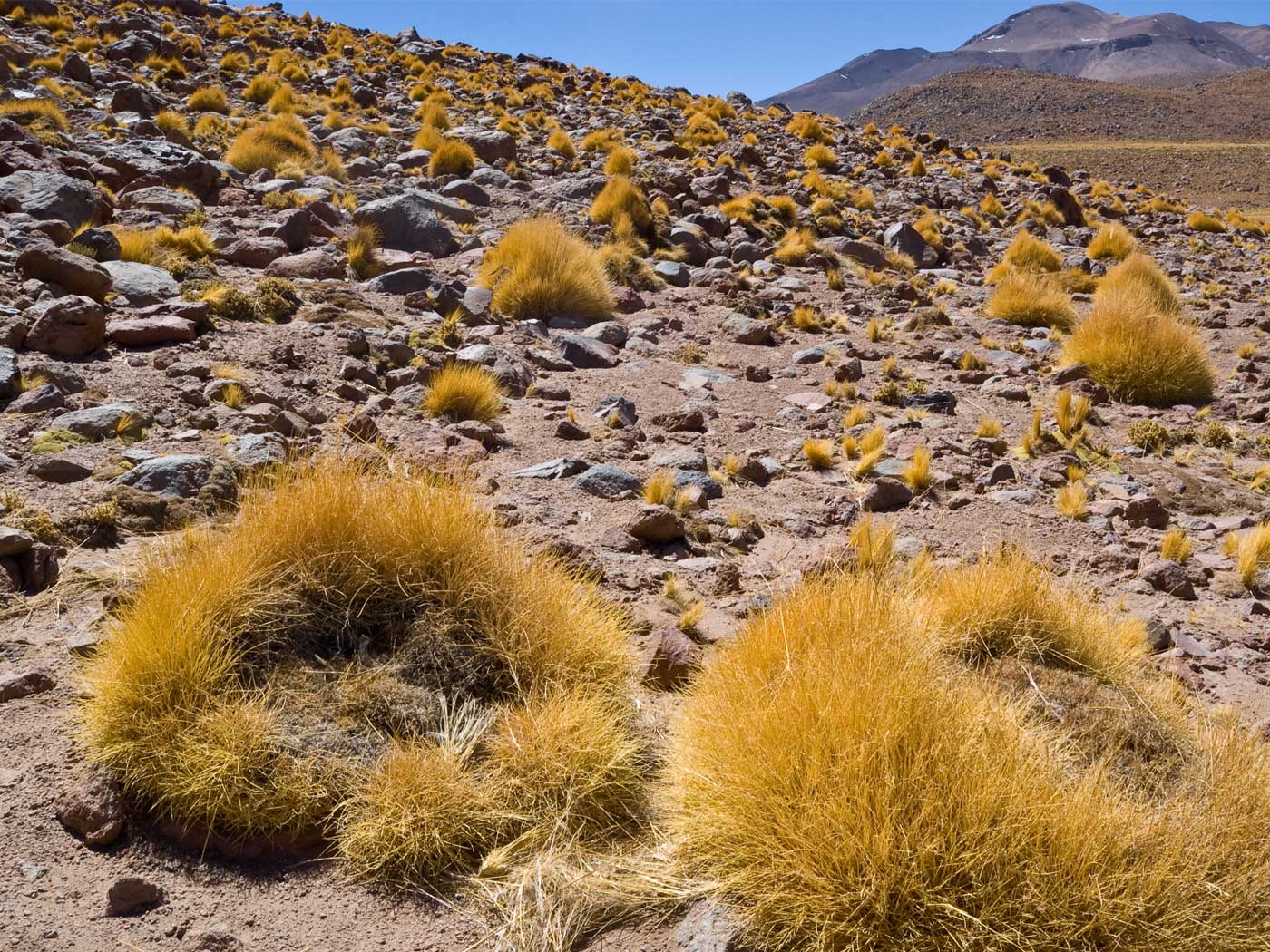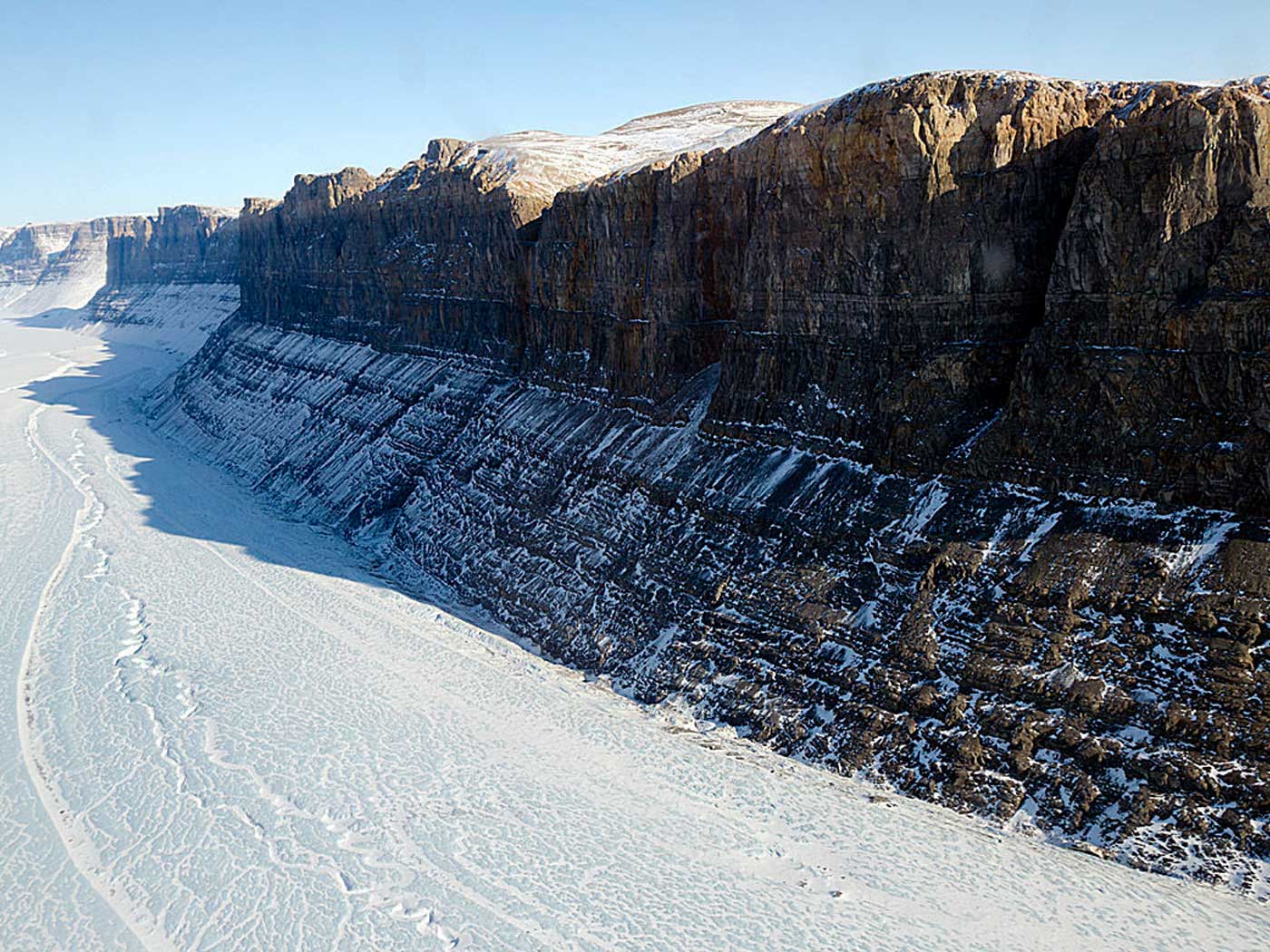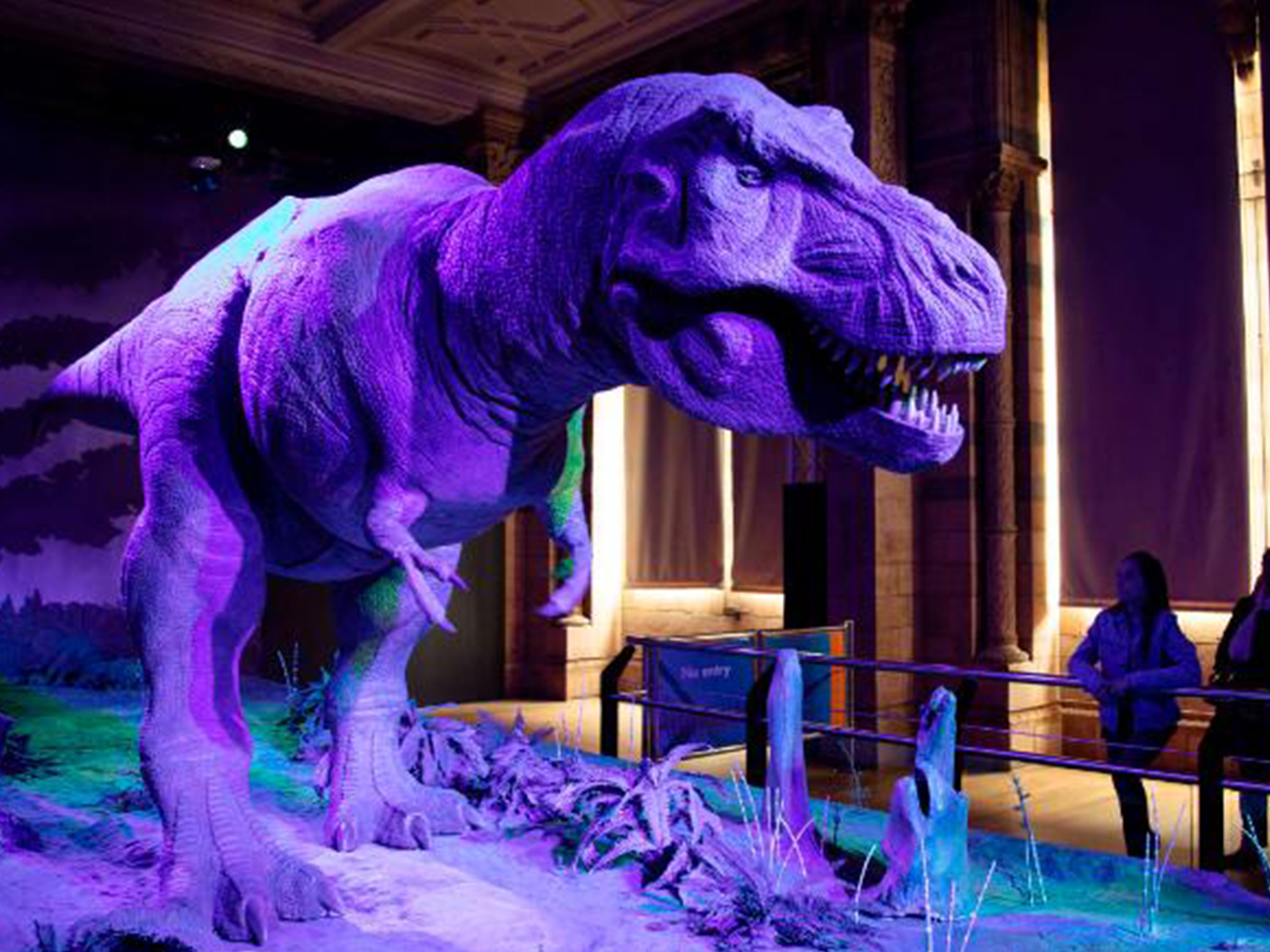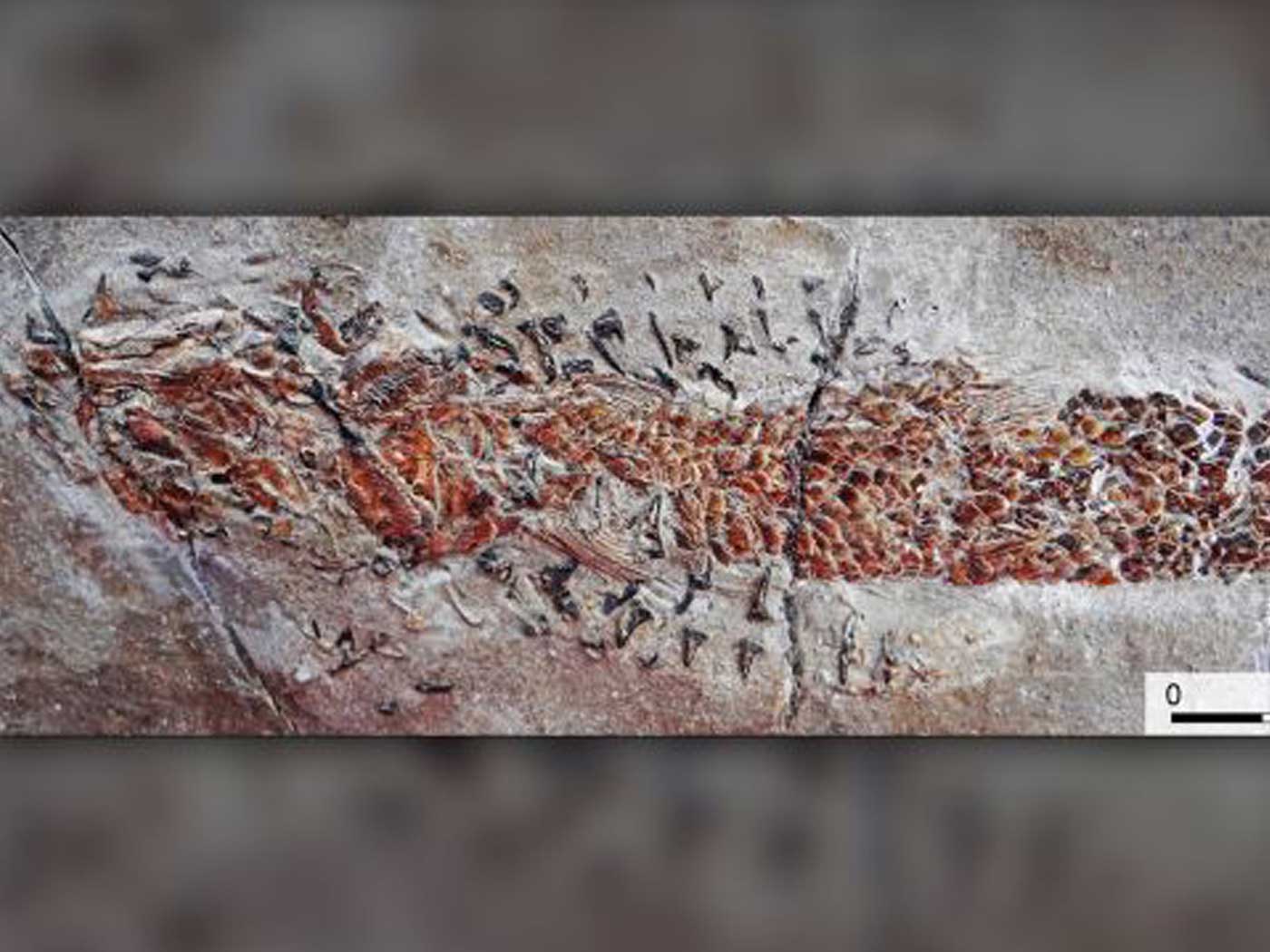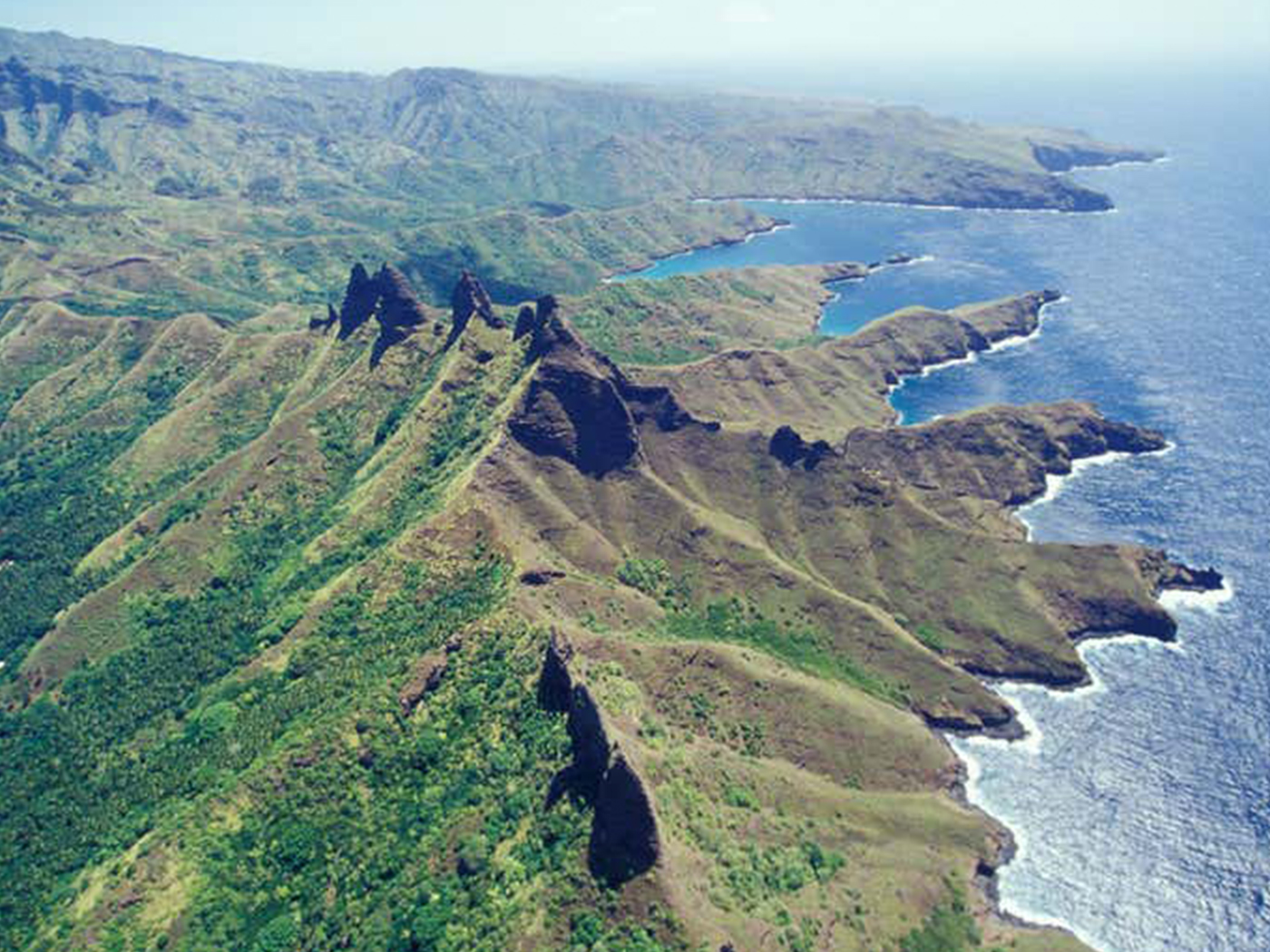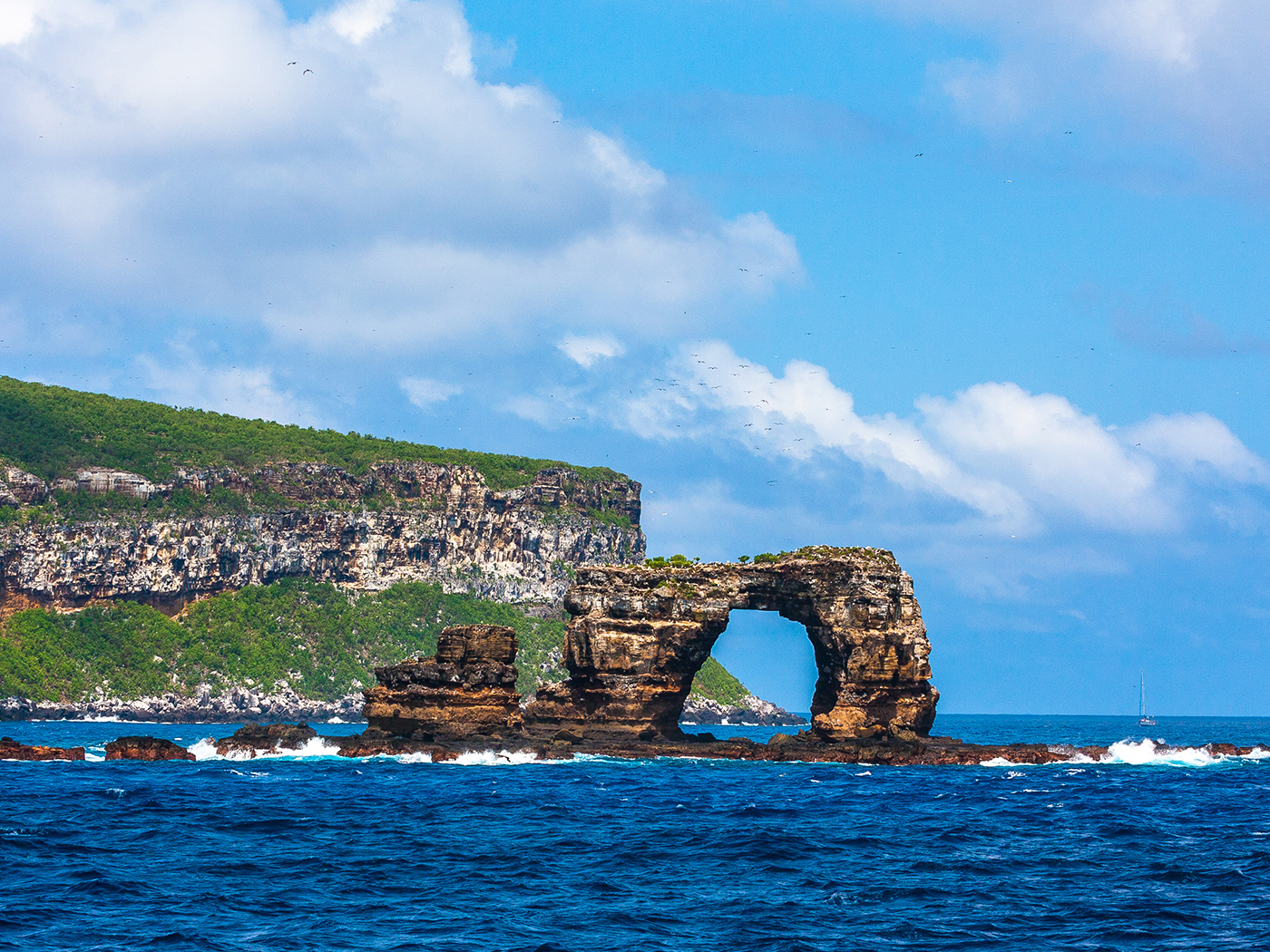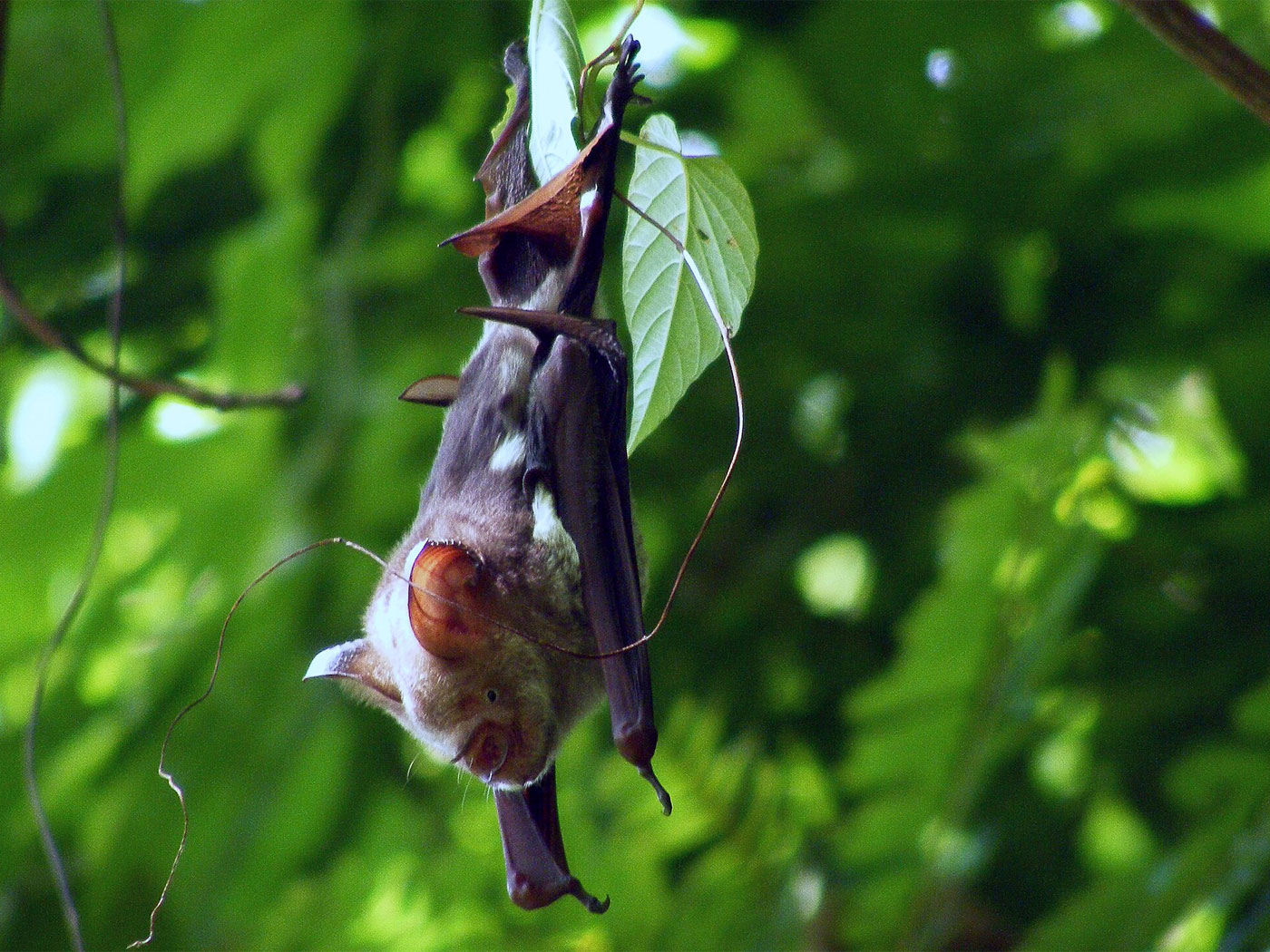Volcanic activity is usually monitored by using surface elevation changes, gas seeps, and seismic data. None of these methods can predict the exact day or time of an eruption. The best predictive techniques still leave a great amount of uncertainty, sometimes with an error margin of weeks or months at best.
This new method involves the collection of muons. Muons are the result of cosmic rays from the sun. Mara Johnson-Groh explained them this way:
Cosmic rays continually rain down into Earth’s atmosphere from outer space. When they run into atmospheric particles, they decay into smaller components, including an elementary particle called a muon. Muons’ relatively high mass allows them to penetrate deeply into materials, even solid rock. By placing specialized detectors that record muons passing through a volcano, scientists can use the particles to create more finely defined maps of the interior of the volcano than possible with previous techniques.2
The result is a visual display of the internal plumbing of the volcano. This technique allows scientists to much more accurately map out the detailed movements of the magma under the volcano compared to previous methods.
Yukihiro Nomura from the Department of Computational Diagnostic Radiology and Preventive Medicine, University of Tokyo Hospital, Tokyo, Japan and colleagues from various institutions across Japan, studied Sakurajima volcano in Japan, one of the most active volcanoes in the world between 2014 and 2016, while it experienced multiple eruptions.1
Nomura and his co-authors described the new technique in their paper:
Muography is a newly developed imaging technique utilizing high-energy near-horizontally arriving cosmic muons and enables us to visualize the internal structures of large objects. Muography produces a projection image (hereafter, muogram) of a large body by mapping out the number of muons that are transmitted through it. Muograms were first used in 1970 by Alvarez et al. to search for hidden chambers in the Chephren’s Second Pyramid.1
The study authors warn that this technique can only make accurate predictions for volcanoes that have sufficient historical eruption data. Calibration requires the collection of muograms for numerous eruptive events.1 Muography worked to predict eruptions of Sakurajima volcano because it had so many eruptions in a timeframe of only a few years. They also noted that every volcano will have to be studied individually over multiple eruptive events, because each magma chamber likely behaves differently. Further studies will also need to compare the muography results with other techniques, like gas emission studies and seismic imaging, to see if these other methods can supplement the accuracy of the muography method.
Rebecca Savage, a volcanologist at the University of Calgary, who was not part of the study team explained:
Forecasting of a volcanic eruption rarely relies upon a single parameter, and therefore, the combined use of monitoring tools and forecasting methods is likely to give the ‘best’ outcome. Since Sakurajima has been well monitored for a long time, it would be interesting to see how muography compares to other, more traditional, monitoring techniques, such as seismicity, deformation, and gas emission, in terms of its ability to successfully forecast an eruption.2
Volcanoes were an important part of the end of the Flood year and in the centuries thereafter. The tiny aerosols and ash particles blasted out of subduction zone volcanoes were a critical part in lowering global temperatures sufficiently to bring on the Ice Age.3 And without the Ice Age to lower global sea levels by hundreds of feet, there would have been no land bridges to allow animals and humans to migrate from the ark landing site to the separated continents.4 God had a plan. Volcanoes today, like Sakurajima volcano, are leftover reminders of a network of active volcanoes that were used by God to bring about His plan.
References
1. Nomura, Y. et al. 2020. Pilot study of eruption forecasting with muography using convolutional neural network. Science Reports. 10 (5272).
2. Johnson-Groh, M. 2020. Are cosmic rays a key to forecasting volcanic eruptions? Eos News. Posted on eos.org April 21, 2020, accessed April 28, 2020.
3. Clarey, T. 2019. Subduction Was Essential for the Ice Age. Acts & Facts. 48 (3).
4. Clarey, T. 2020. Carved in Stone. Dallas, TX: Institute for Creation Research, 354-375.
*Dr. Clarey is Research Associate at the Institute for Creation Research and earned his doctorate in geology from Western Michigan University.




